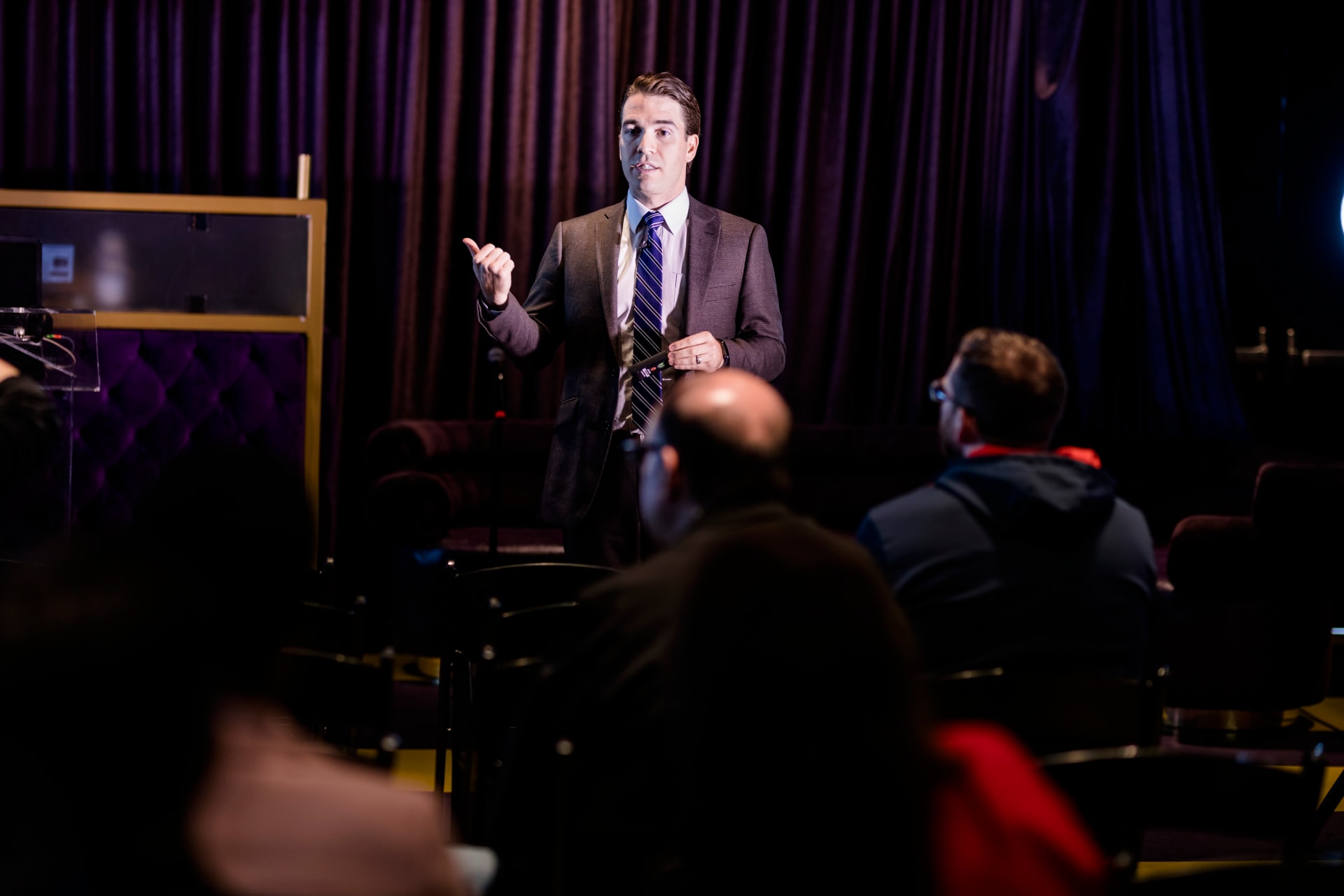30 mai 2019
BTEX 2019 : 3 Technologies Delivering Better Big Data Experiences
When fans of theNational Football League's San Francisco 49ers walk into Levi's Stadium inSanta Clara, Calif

When fans of theNational Football League's San Francisco 49ers walk into Levi's Stadium inSanta Clara, Calif., they can head to a kiosk to scan the tickets stored in anapp on their smartphones, instead of standing in line with physical ticketholders. They can use the same app to guide them to their seats usingwayfinding. Once they're seated, they can order their food and have itdelivered right to their location. And if they need a washroom, they can checktheir phone to find out which nearby restroom has the shortest line.
This picture ofultimate fan convenience was described by HPE Canada's Channel Chief Zachary Dicksonduring a presentation at BTEX 2019. The proliferation of data and devices we'reseeing today provides opportunities for both consumers and businesses, henoted. In the San Francisco 49ers' case, HPE's Aruba wireless access points transformthe fan experience. It's resulted in a huge increase in concession sales,Dickson explained. And it gives the 49ers organization a 360-degree view oftheir fans the second they walk into the stadium, which provides possibilitiesfor targeted advertising and push notifications.
The amount of datawe generate as a society has grown exponentially in recent years, Dicksonnoted. For example, Walmart's transactional database takes up more than 40 petabytes,Facebook users uploaded more than four petabytes each day in 2017 and by 2020,connected cars are predicted to produce around 40 000 petabytes a day.
That's why HPE is investingheavily in technologies that help organizations make sense of the data they'rereceiving and storing, Dickson said.
In addition toAruba, which HPE purchased in 2015, the company has recently acquired SimpliVityand Nimble Storage. SimpliVity offers hyperconverged infrastructure, whichallows organizations to reduce their data centre footprint and energy usage,simplify their management and accelerate their data backup and restorecapabilities. Hyperconverged is growing quickly because it solves customerchallenges, Dickson said, adding there are multiple use cases including branchoffice and virtual desktop infrastructure deployments.
HPE's NimbleStorage offers predictive flash storage technology that leverages machinelearning. At the core of the flash arrays is InfoSight, a machine learningengine that takes telemetric data from storage arrays around the world and usesthat information to pre-empt potential problems. Dickson likened the technologyto an enterprise IT version of Waze, the crowdsourced traffic application.
InfoSight gathersarray data from around the world, looks at it and draws patterns, he explained.So for example if there's an array in Tokyo that's configured in a certain waythat's having an issue and an array in Toronto is configured in the same way,not only will InfoSight apply a fix to the machine in Tokyo, but it will send aproactive fix to the array in Toronto.
Please bookmark this page for morecoverage of BTEX 2019.
